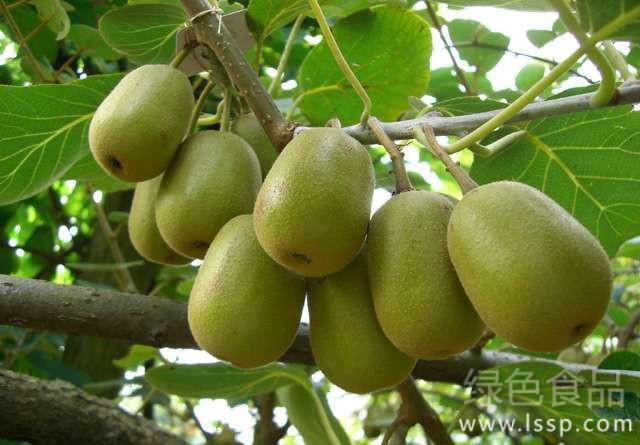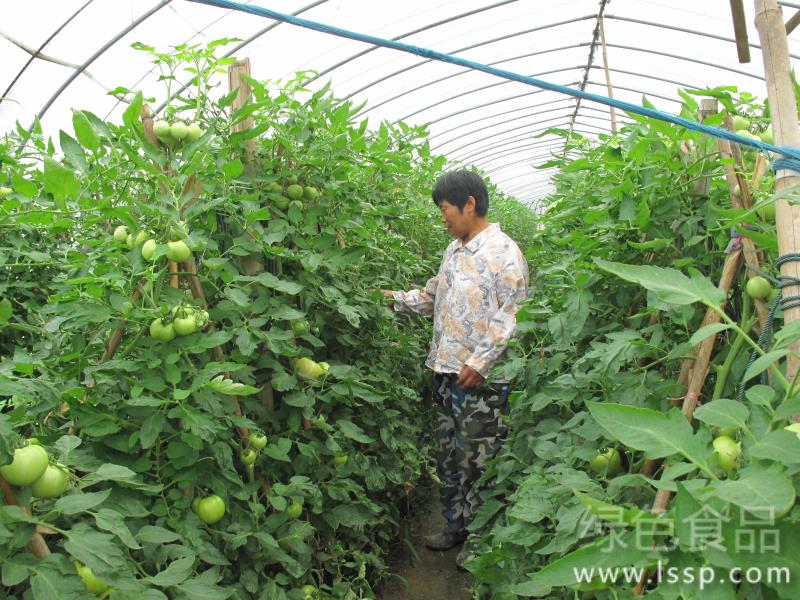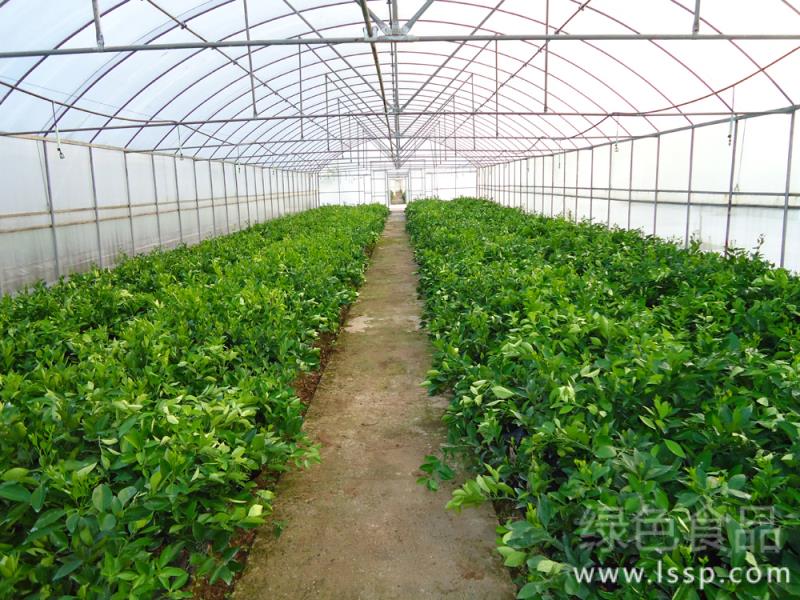Pruning principles and techniques of reasonable pruning kiwifruit in winter

Kiwifruit tree
The winter pruning of kiwifruit is mainly to cut off some unfruitful and over-dense branches, and to trim some senile fruiting mother branches at one time, the fruiting branches can leave 2-3 buds short above the fruiting position, while short fruit branches and shortened fruit branches should not be shortened and should be thinned. The author now introduces the pruning techniques as follows:
1. Determine the cutting length of the fruiting mother branch.
Results the shearing length of mother branch should be determined according to the variety, shaping mode, scaffolding size, soil fertility and other factors. In order to enlarge the crown of young trees, the fruiting mother branches can remain longer; for weak and old trees, part of the fruiting mother branches should be re-cut. The shearing length is determined according to the thickness and growth of the fruiting mother branch, the strong fruiting mother branch is 20-40 cm, the thin fruiting mother branch is 15-20 cm, and the fruiting mother branch less than 25 cm in length should be cut off. The developing branches generally have 8-15 buds truncated, and the shortening fruit branches should be completely cut off. Results the suitable spacing of mother branches was 30cm to 40cm.
2. Renewal of fruiting mother branch and fruiting branch
Results after fruiting for 1 ~ 2 years, the mother branch often weakens or even dies, and the fruiting part is generally unable to sprout, which can easily cause the fruiting part to move outward or upward, weaken the tree potential, and lead to the reduction of yield and the decline of fruit quality. Therefore, when the fruiting mother branch is renewed, if there is a strong fruiting branch or developing branch at the base, it can be retracted to the strong part, or cut off, or replaced with a fruiting branch or developmental branch, or a short cut at the base where there are latent buds, and a full new shoot should be selected as the fruiting mother branch in the next year. The fruiting branches are generally renewed once every 1 ~ 2 years, and the fruiting mother branches or fruiting branches need to be renewed every year for the varieties with weak growth, while for the varieties with strong growth, the fruiting mother branches or fruiting branches are renewed every two years. The suitable number of buds per plant is 600 and 800. In the treatment of fruit-bearing branches, because the 2-6 bud position can bear fruit generally, 8-10 nodes should be retained, and 15 nodes should be retained for those with good growth and development, and the rest should be cut off.
3. Pruning of other branches
In principle, the developing branches should be removed from the base, but the growing parts with empty and promising culture prospects can be left for renewal, and only the weak parts in the upper part can be cut off. Dense branches should be thinned, weak and strong, dense and sparse, and the tip unsubstantial part of the mother branch should be cut off. In principle, cross branches and overlapping branches should be divided into one, and the remaining branches should remove the thin and weak parts at the top, but if the positions of both sides are good and are in the gap, they can all be used and cut off the cross parts of each other. All curly branches that disturb the tree shape should be cut off. For thin and weak branches, withered branches, disease and insect branches and developmental branches that do not grow fully and have no future for culture, they should be cut off from the base.
4. Winter pruning of male plants
The purpose of winter pruning of male plants is to promote them to provide large amounts of pollen to female plants at flowering stage. Winter pruning is generally light, mainly to remove thin and weak dead branches, twisted twisted branches, disease and insect branches, overlapping branches, sprouting and growing branches; keep all growing and full secondary branches and truncate them lightly; truncated and left for regeneration; retract perennial senescent branches.
- Prev

Vegetable farmers must learn six tricks to prevent premature senescence of fruits and vegetables.
Vegetable farmers must learn six tricks to prevent premature senescence of fruits and vegetables.
- Next

The harm to vegetables is very serious how to prevent air damage when growing vegetables in greenhouse
The harm to vegetables is very serious how to prevent air damage when growing vegetables in greenhouse
Related
- Fuxing push coffee new agricultural production and marketing class: lack of small-scale processing plants
- Jujube rice field leisure farm deep ploughing Yilan for five years to create a space for organic food and play
- Nongyu Farm-A trial of organic papaya for brave women with advanced technology
- Four points for attention in the prevention and control of diseases and insect pests of edible fungi
- How to add nutrient solution to Edible Fungi
- Is there any good way to control edible fungus mites?
- Open Inoculation Technology of Edible Fungi
- Is there any clever way to use fertilizer for edible fungus in winter?
- What agents are used to kill the pathogens of edible fungi in the mushroom shed?
- Rapid drying of Edible Fungi

